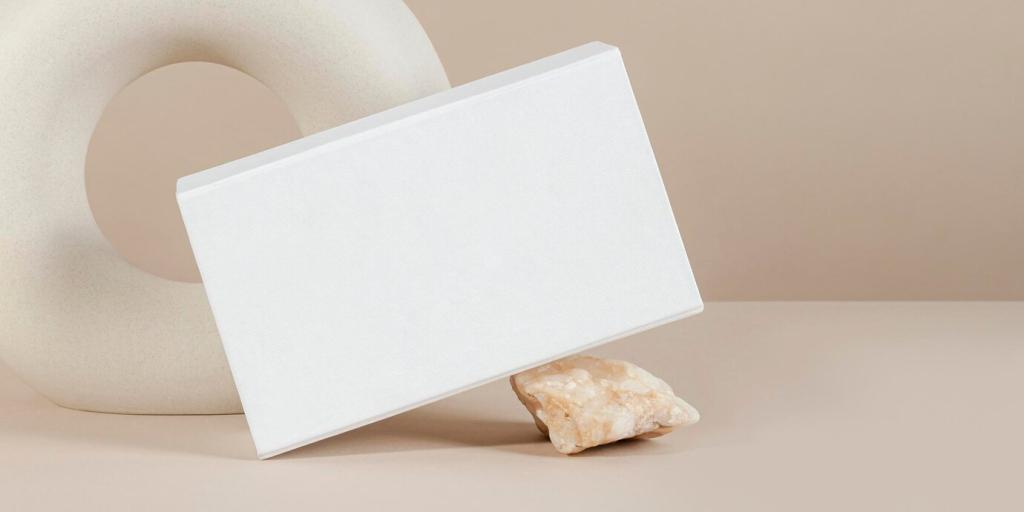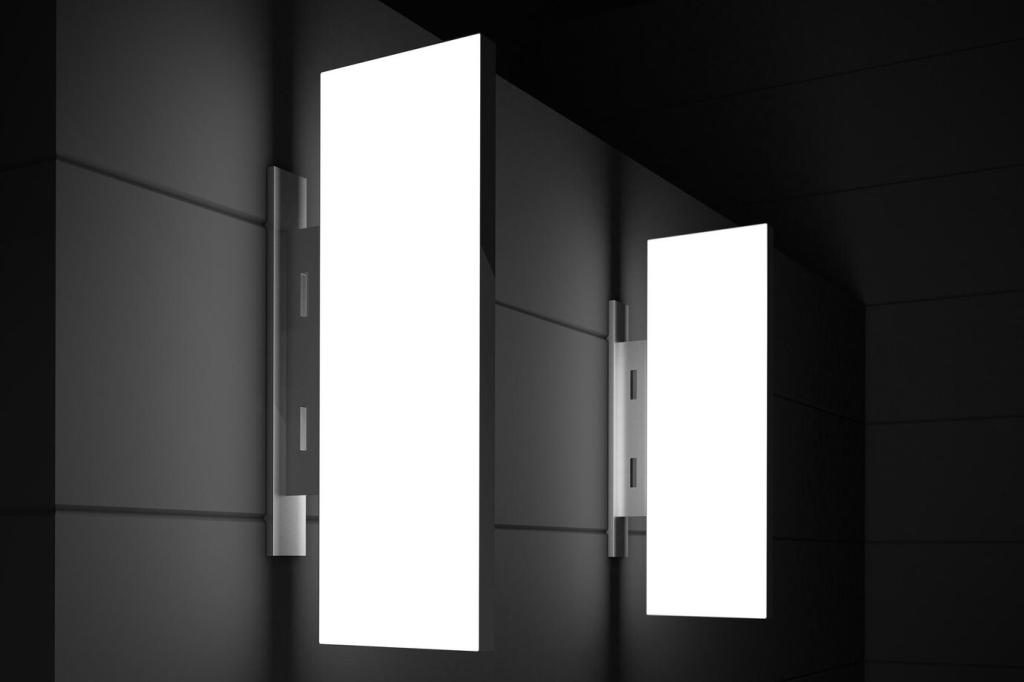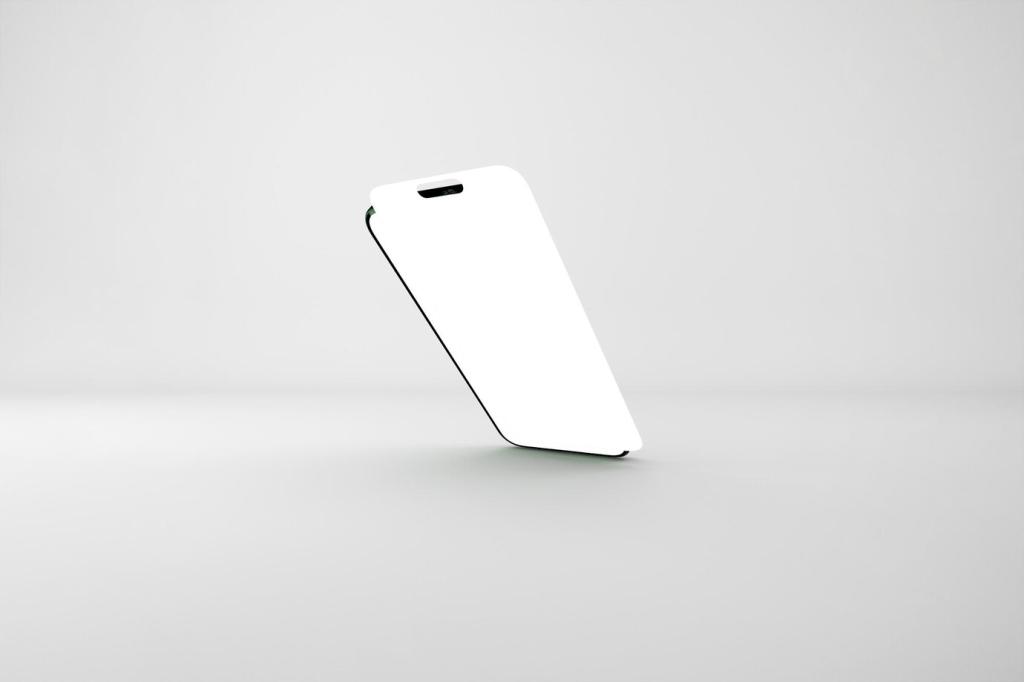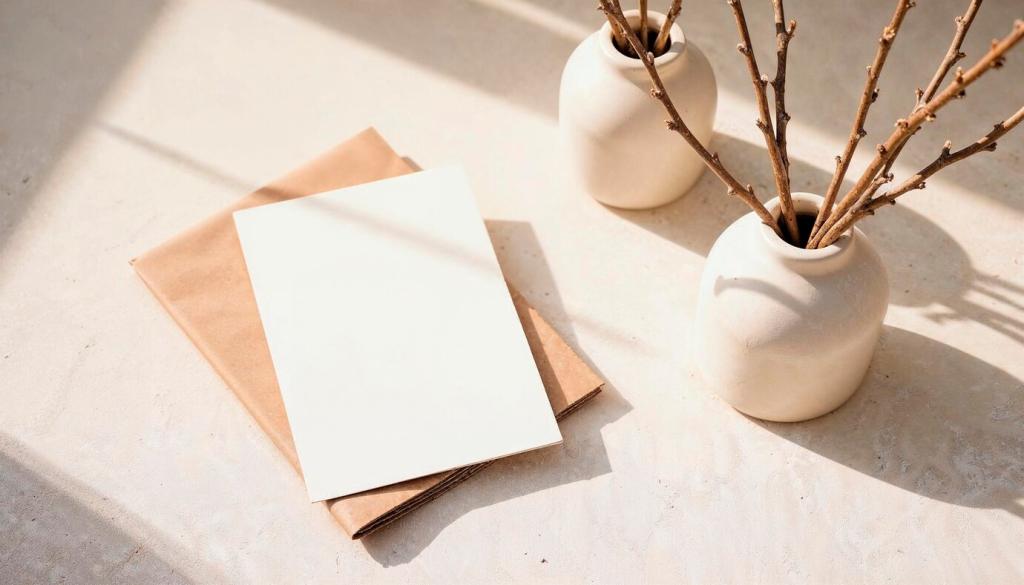
Minimalism in Kitchen Decor: Create Calm, Cook Better
Chosen theme: Minimalism in Kitchen Decor. Welcome to a home page exploring how less can nourish more in your kitchen — clarity, function, and warmth. Read on, comment with your wins, and subscribe for weekly minimalist kitchen inspiration.
Foundations of Minimalism in Kitchen Decor
Empty counters are not sterile; they are invitations to cook with focus. By removing visual noise, your kitchen breathes, workflows simplify, and guests feel soothed. Share your counter-clearing ritual below.
Foundations of Minimalism in Kitchen Decor
Minimalist decor starts with honest utility: every pan reachable, every utensil justified, every shelf accessible. Design choices follow tasks, not trends, so beauty emerges from order. Comment with one ornament you happily retired.


One-In, One-Out Habit
Every new mug or gadget replaces another. This gentle rule prevents overflow, keeps drawers calm, and reinforces intentional buying. Try it for a month and report back with the trickiest swap you faced.
The 10-Minute Counter Reset
Set a timer each evening, return tools, wipe surfaces, and leave a single useful object out – perhaps a fruit bowl. Short, consistent resets compound into serenity. Share your before-and-after feelings after tonight’s quick session.
Editing Sentimental Items
Minimalism honors memory without crowding. Curate one small display – a handwritten recipe, a vintage whisk – while storing archives safely. Tell us which heirloom deserves spotlight rotation and how it motivates your cooking rituals.
Materials and Color for Minimalist Kitchen Decor
Warm Neutrals That Welcome
Soft whites, warm grays, and muted taupes mirror morning light without glare. These hues flatter fresh ingredients and calm busy minds. Comment with your go-to neutral and the moment of day it looks best.
Natural Textures, Honest Surfaces
Oak, ash, linen, and stone age gracefully, gathering a patina that tells quiet stories. Minimalism embraces authenticity; chips and knots add character. Which natural material grounds your kitchen and why does its touch matter?
Matte Over Mirror
Matte finishes diffuse reflections, hiding fingerprints and calming the scene. Cabinet doors stop shouting; countertops invite focus. If you switched from glossy to matte, describe the most surprising benefit you noticed while cooking.
Storage and Layout with Minimalist Intent
Hidden, Not Forgotten
Deep drawers with dividers, pull-out pantries, and labeled bins keep necessities close yet invisible. The secret is audit days. Schedule one this week and tell us what earned a permanent spot.
The Calm Work Triangle
Minimalist efficiency favors short, unobstructed paths between sink, stove, and fridge. Fewer steps reduce clutter opportunities and cooking stress. Sketch your triangle on paper and share one adjustment that would make movement smoother.
Open Shelves, Intentional Displays
Open shelving can still be minimalist when items repeat: stacks of white bowls, clear jars, wooden boards. Limit colors and quantities. Post a snapshot of your most harmonious shelf and why it works.

Integrated and Panel-Ready Choices
When refrigerators and dishwashers hide behind cabinetry panels, continuity prevails. Sightlines calm, floors feel spacious, and cleanup appears simpler. If you use panels, share a tip about matching tones across different manufacturers.
Fewer, Better Gadgets
Choose multi-use tools - a sharp chef's knife, a Dutch oven, a stick blender - before single-task novelties. Owning less reduces visual clutter and decision fatigue. Which gadget did you release, and what reliable classic replaced it?
Quiet, Efficient Performance
Low-decibel ventilation and induction cooktops support minimalism by lowering noise and visual heat. Cooking becomes calmer, conversation easier. Tell us your experience with quieter appliances and whether they changed your evening rhythm.

A Story: How Minimalism Transformed My Kitchen
My utensil drawer once jammed every morning. One Saturday, I gathered duplicates on the table, kept eight essentials, and donated the rest. Mornings stopped derailing. Share your own first drawer to declutter this week.
